To say that this autumn will go down in history for one of the most phenomenal rarity events of all time is not hyperbole.
Of all the species on a 'dream list' of British firsts, Siberian Accentor might well have taken top billing. With only 32 European records up to 2015, the species is among the few accentors which are not high-altitude specialists and breeds in Siberia from the lowlands to the treeline. In early September, the breeding grounds are vacated and the species migrates to winter quarters in China and Korea. As well as its extremely rare ventures into Europe, it has appeared as a vagrant in Alaska. With its striking face pattern, remote origin and tantalising vagrancy potential compounded by the promise lent by a few Fennoscandian records in recent years, hopes had been high that we might eventually be treated to one.
If one ever turned up, it was bound to be somewhere awkward, and probably Shetland. And so it proved. After Finland and Sweden bagged one each in the first few days of October, a quarry north of Mossy Hill, Scousburgh, on Mainland Shetland drew a Siberian Accentor in on 9th, the long-awaited first British record (see last month's Birdwatch, pages 8–9). All birders fortunate enough to be on the island at the time descended on the quarry, and a hard core scrambled to get there for the following day.
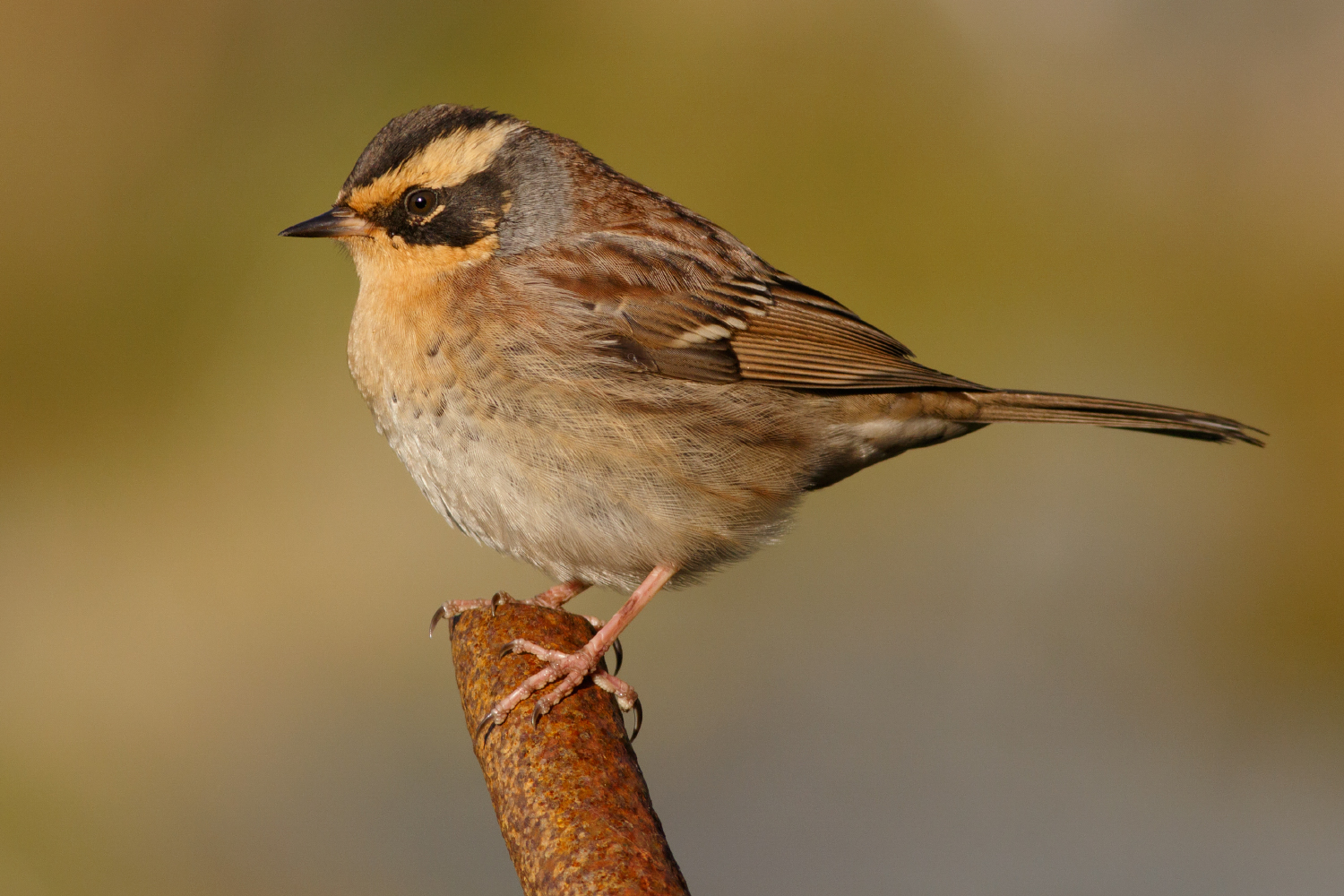
Britain's first Siberian Accentor was found near Scousburgh, Shetland, on 9 October (Photo: Josh Jones)
Few expected the astonishing arrival of a second bird at Easington, East Yorkshire, on 13th, let alone another at Saltburn, Cleveland, on 15th. It was becoming clear that a portentous event in European birding history was under way, and during the first 15 days of October 45 Siberian Accentors made landfall across northern Europe. The notion that several more accentors would yet make our shores no longer seemed fanciful.
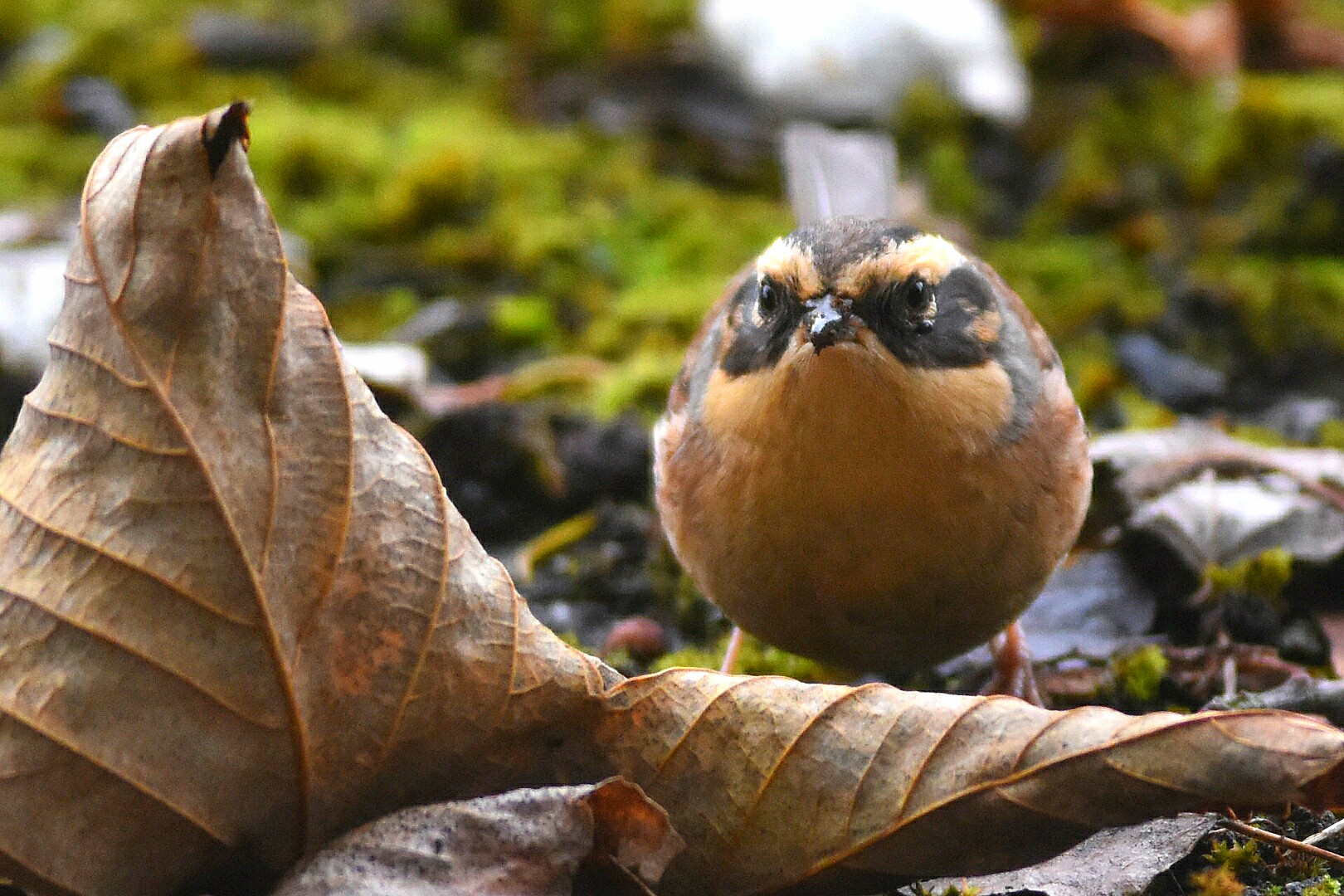
The first mainland bird at Easington, East Yorkshire, caused a massive twitch (Photo: Andy Hood)
Almost overnight, the species went from being never before seen in Britain to one of the most prolific rarities of the autumn, as records stockpiled for the rest of the month. Co Durham claimed a further bird at Hendon's South Dock from 16–18th and on that individual's last day Northumberland became the fifth county to attract one — on Holy Island until 10th. Fair Isle was not to be left out, with one on 20th and a different individual there two days later. That same day, Shetland as a whole notched up its fourth record on Fetlar, while Orkney bagged its first at Sandside Bay from 24–28th. They came thick and fast, with a second bird for Holy Island on 25th, yet another Shetland record on Fetlar on 26th, and Northumberland's third at Newbiggin-by-the-Sea on 29th.
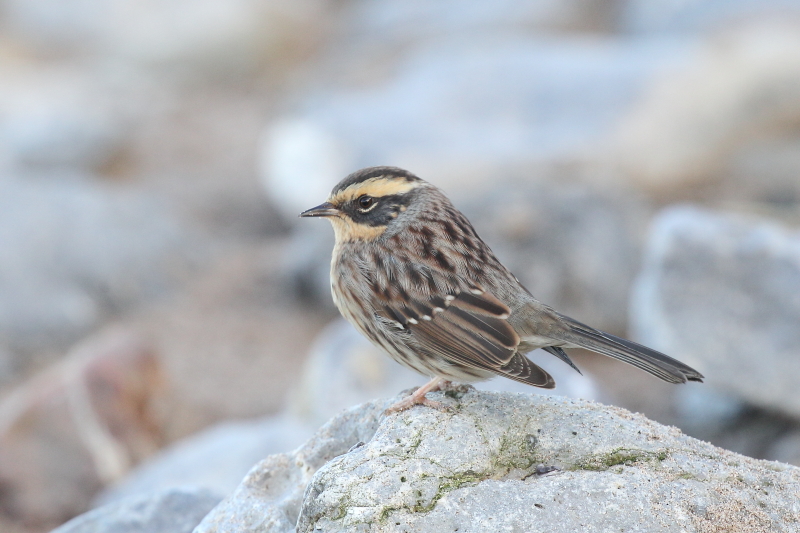
The first of two Siberian Accentors seen on Holy Island, Northumberland, in the space of a week (Photo: Alan Jack)
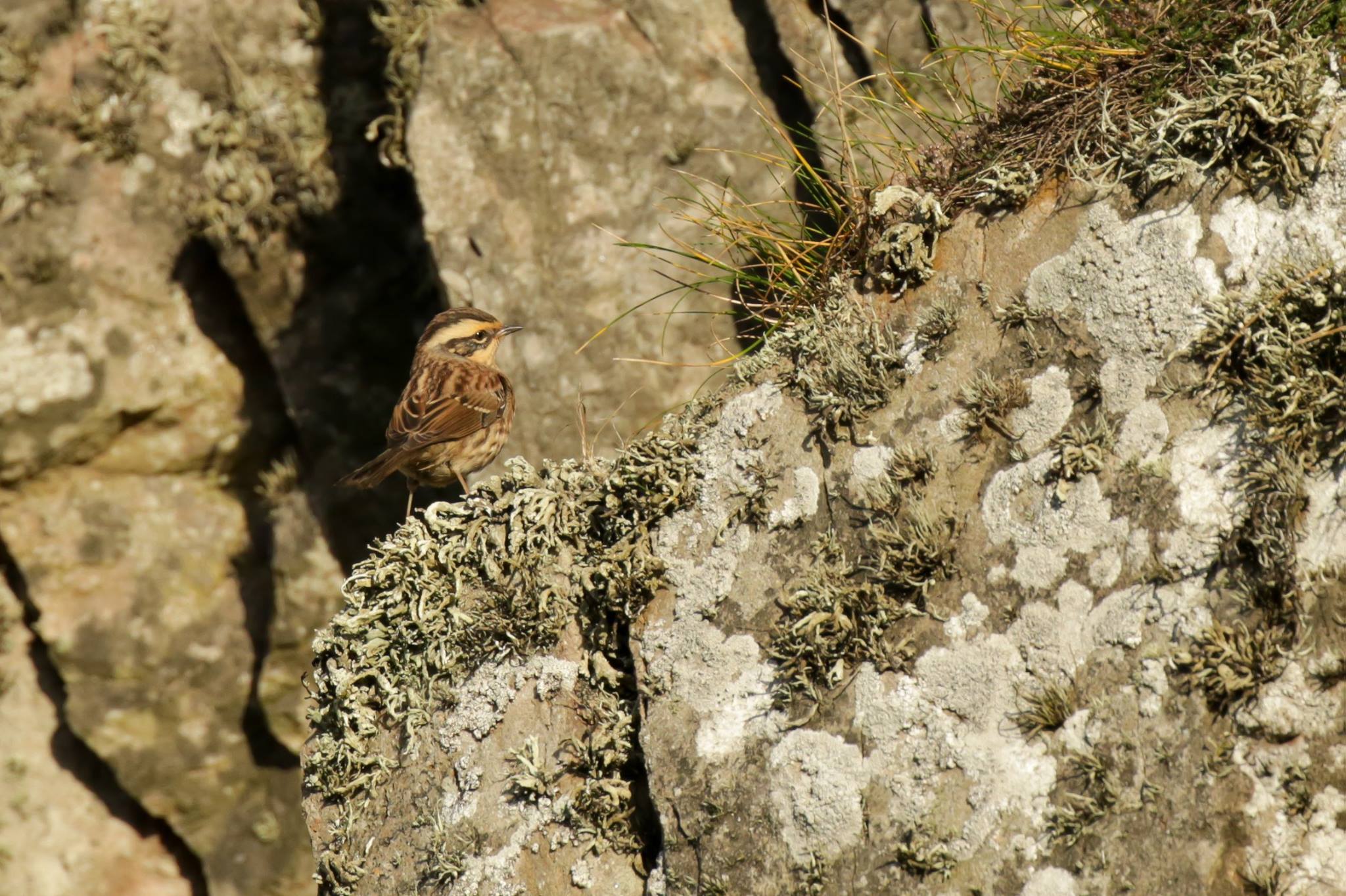
One of two Siberian Accentors seen on Fair Isle in the space of three days (Photo: Lee Gregory)
As October concluded, a full 182 had turned up in northern Europe over the course of the month: 66 in Sweden, 58 in Finland, 12 in Britain, 10 each in Germany, Poland and Denmark, eight in Norway, seven in Estonia, six in Latvia and four in Lithuania.
It wasn't over: early November saw more in Finland, Sweden, Norway, Denmark, Latvia, Germany, Poland and Estonia. One last British bird (for now) was at Avoch, Highland, from 6–9th — it had the honour of being fitted with a British Trust for Ornithology ring. At the time of writing [10 November], at least 219 have been logged in Europe this autumn.
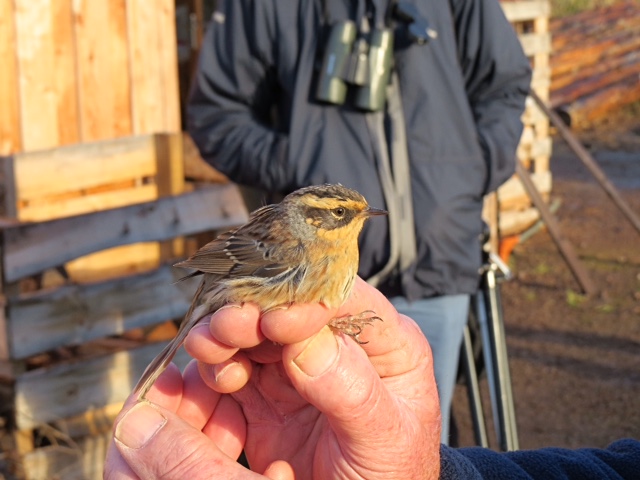
The Siberian Accentor at Avoch, Highland, was the first to be ringed in Britain (Photo: Dave Tanner)
What sparked this extraordinary vagrancy event is somewhat baffling. From early October, we were treated to a robust easterly airflow out of Asia which delivered to Britain not only the accentors, but a surfeit of other eastern rarities: Sakhalin/Pale-legged Leaf Warbler, Black-faced Bunting, Dusky Thrush and Two-barred Greenish Warbler, along with multiple Pine Buntings, White's Thrushes, Eastern Black Redstarts, and Brown and Isabelline Shrikes. These have been backed up by a generous supply of more expected rarities and scarcities such as Red-flanked Bluetails, Dusky and Pallas's Warblers and our greatest inundation yet of Yellow-browed Warblers.
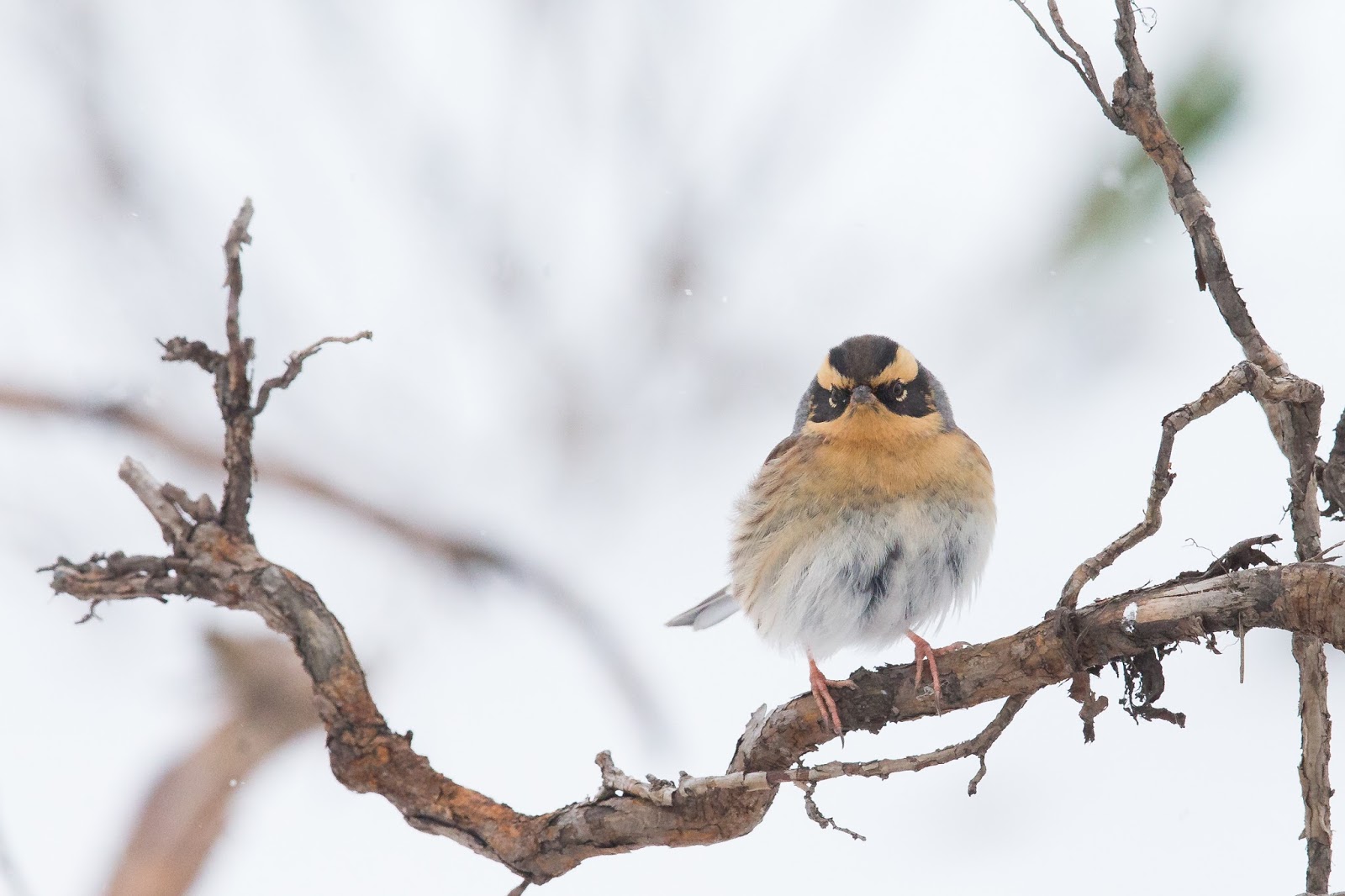
Despite snowy conditions, several Siberian Accentors remained in Finland in to mid-November (Photo: Mika Bruun)
However, similarly favourable conditions have occurred before and surely do not account for the outlandish transformation of Siberian Accentor into one of the most prevalent rarities of a single autumn. There is scant information about its worldwide population trends, and Russian numbers are put at anywhere from 100 to 10,000 pairs in 2009, with 100–150 pairs estimated to be west of the Urals in 2004.
Perhaps the species has been productive on its breeding grounds this summer, but there is no evidence of this as yet. Whatever the reasons, birders will be on the lookout for accentors again next October.


